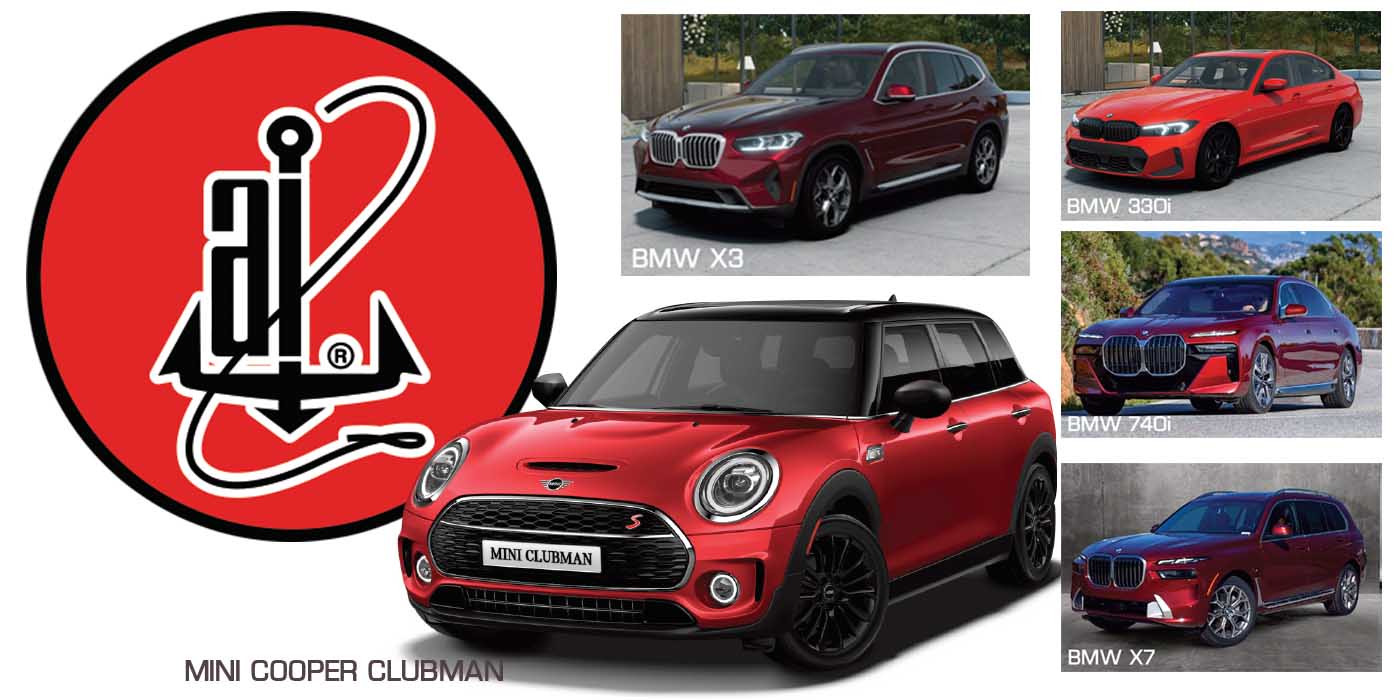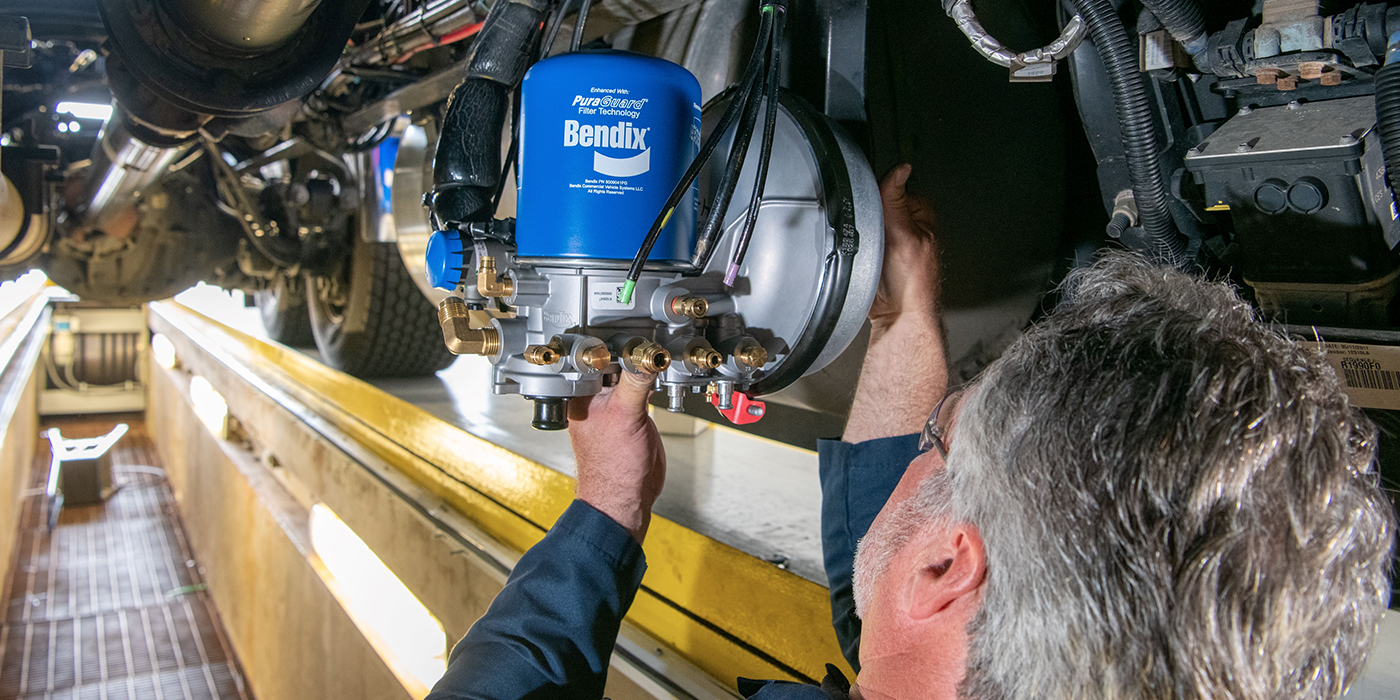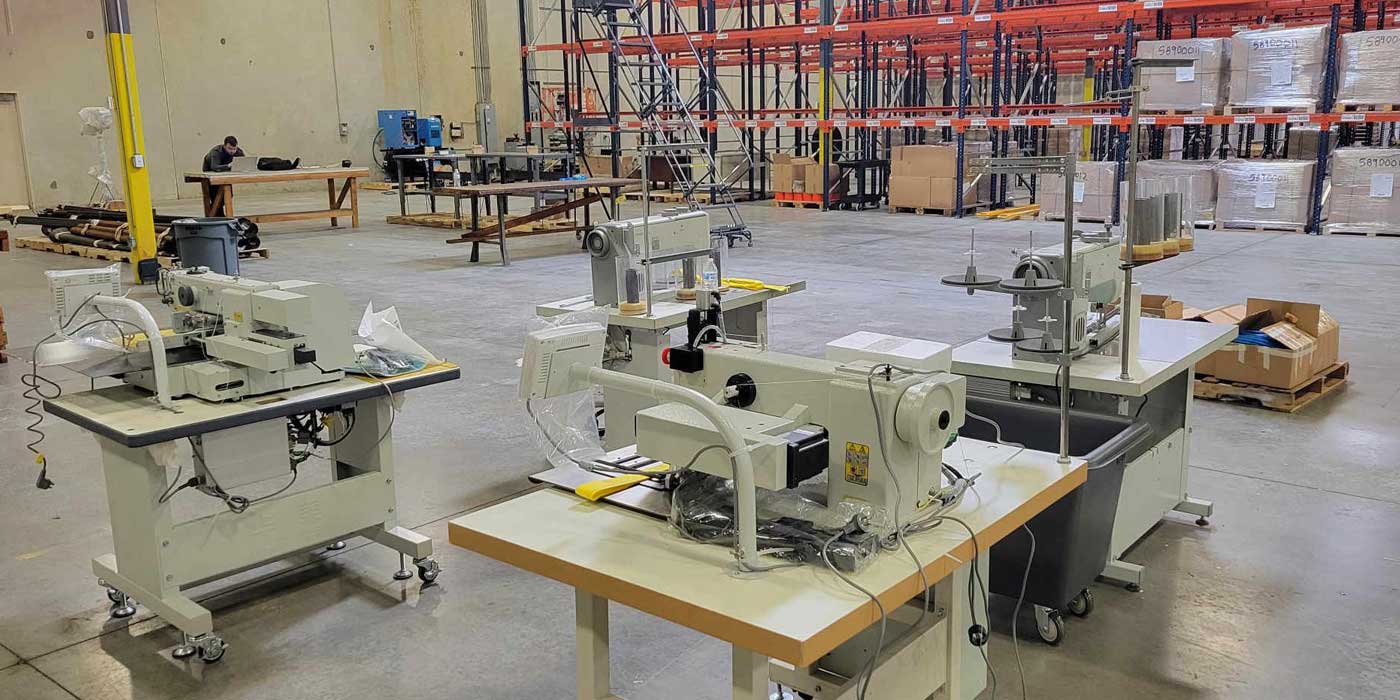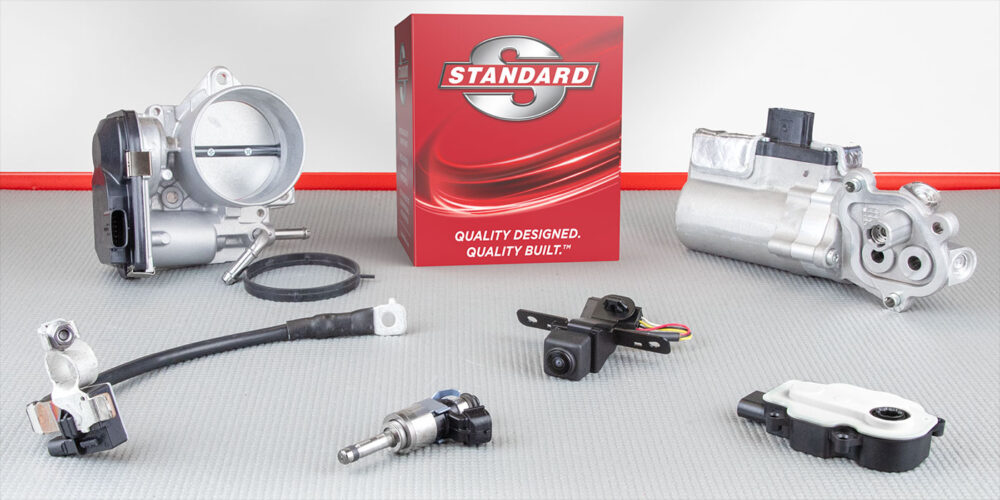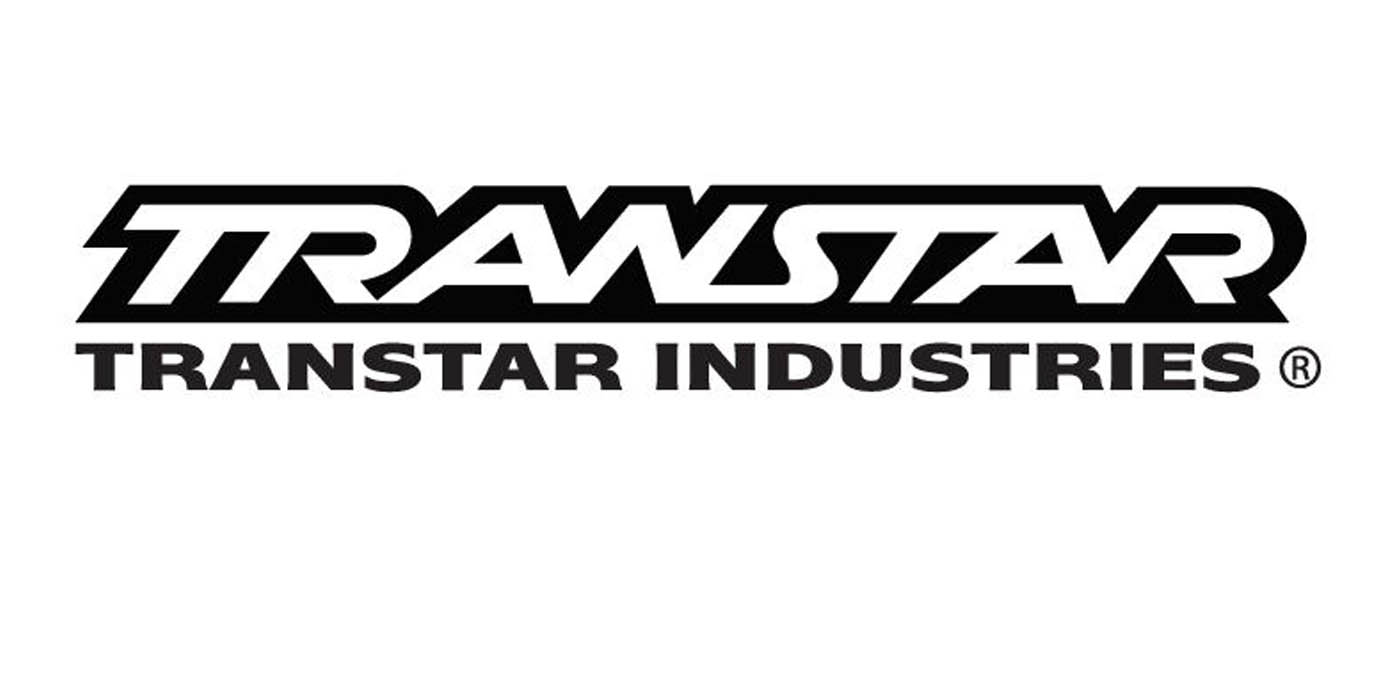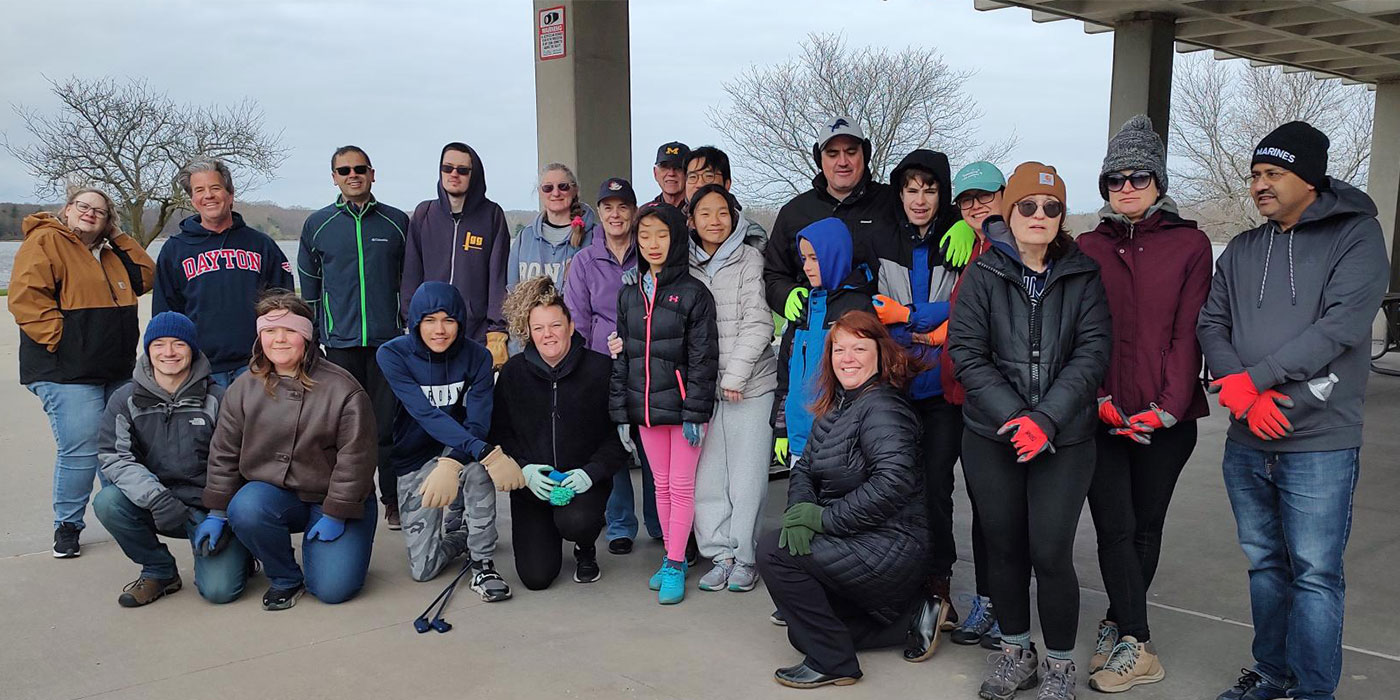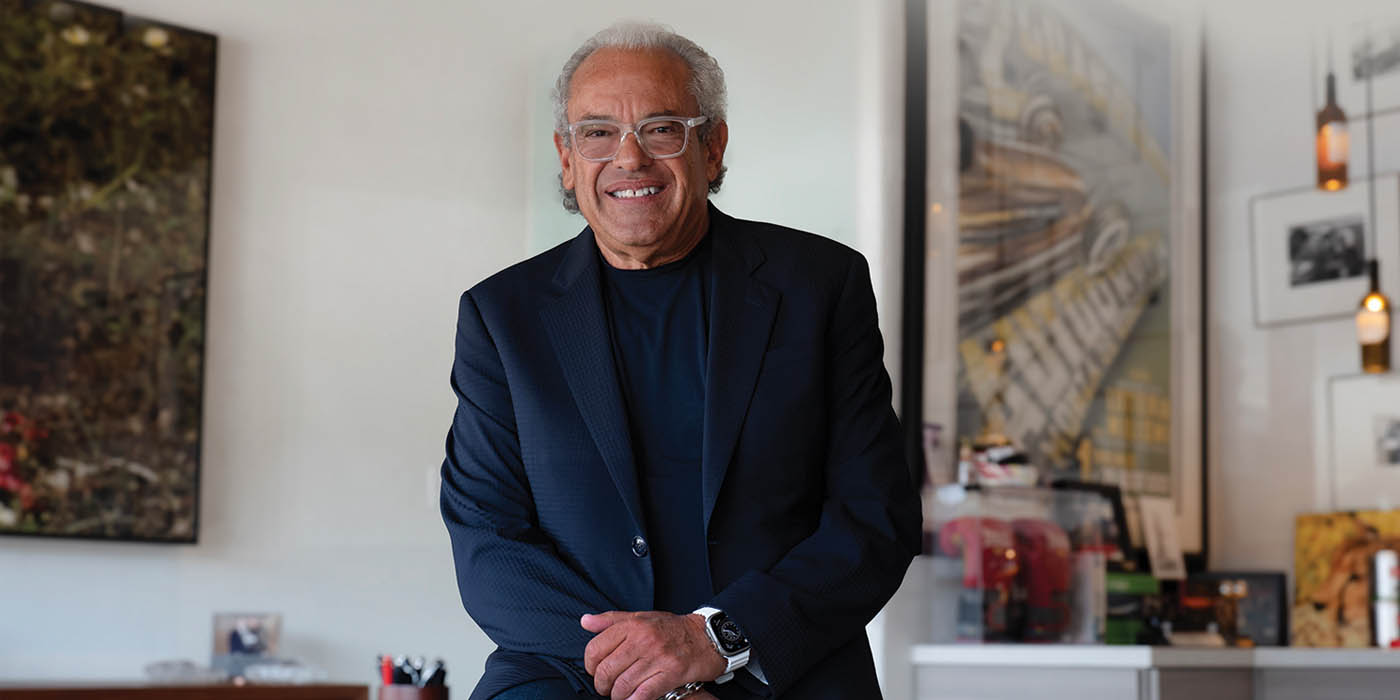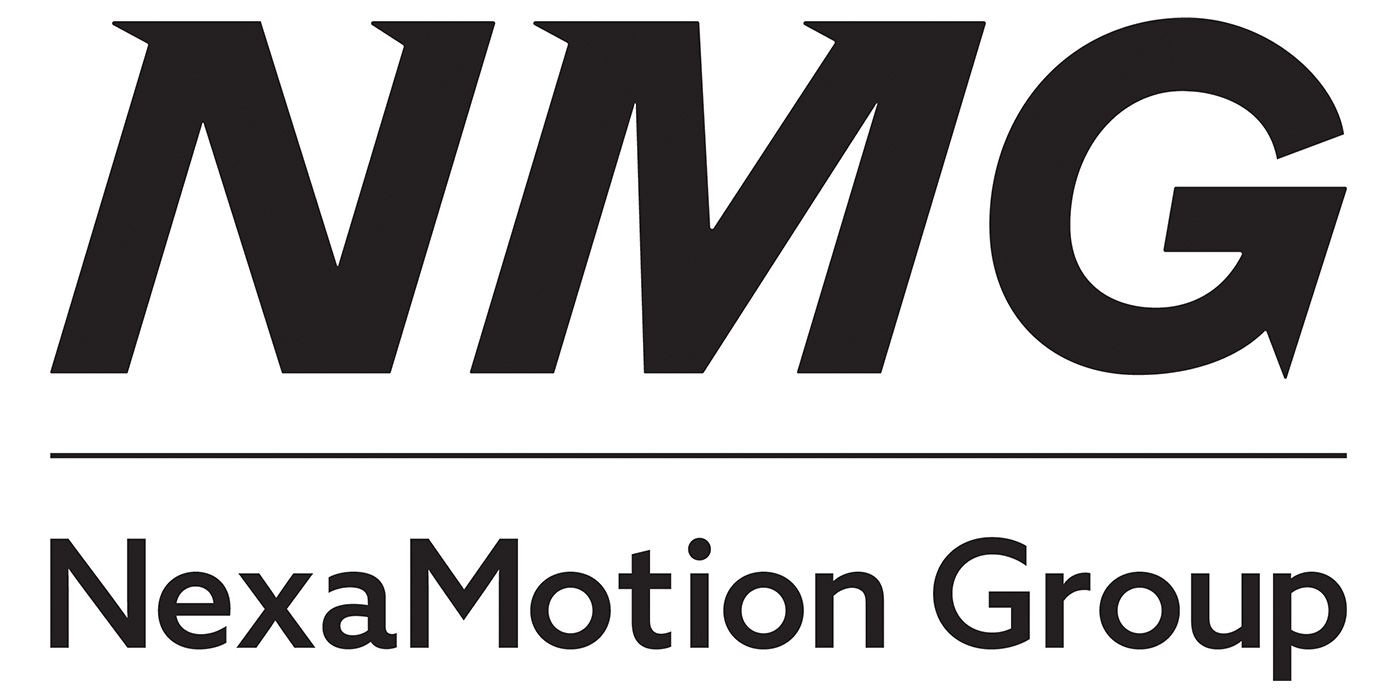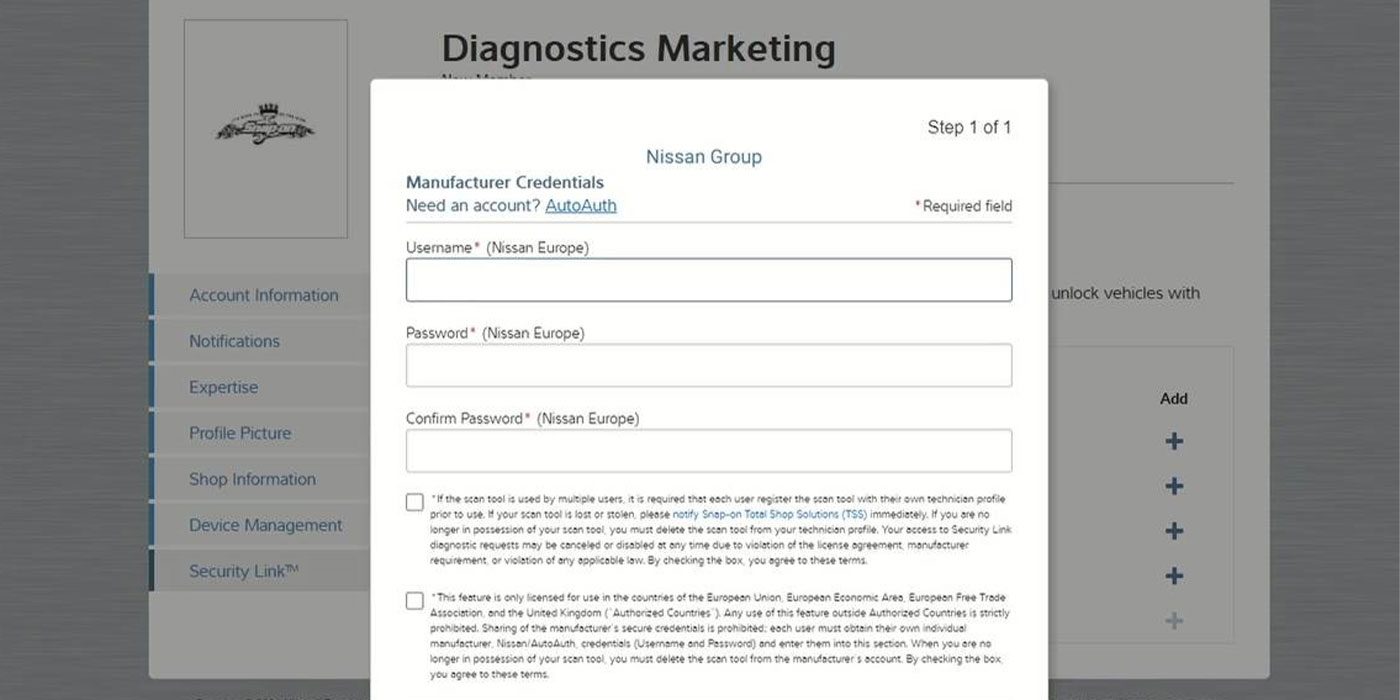From MEMA Industry News
ROCHESTER HILLS, MI — With its celebration slogan “Continuing the Legacy,” Dayco Products, LLC is celebrating its 100th year as a company. In these days of corporate buy-outs and mergers, Dayco has maintained its identity, and in some ways returned to its early roots, to become a highly-respected, worldwide manufacturer of belts, hose, tensioners and related parts for the automotive original equipment and replacement markets. The legacy it celebrates is one of a strong company that has a reputation for an insatiable craving to develop new products, improve established products and increase manufacturing efficiencies.
After a modest beginning in 1905 manufacturing garden hose and rubber fruit jar rings, the fortunes of the then “Dayton Rubber Manufacturing Company” (DRMC) changed dramatically in 1908. That year, a young man from Nova Scotia named John MacMillan brought to DRMC his patent for an airless–and therefore puncture-proof–rubber tire. The company appointed MacMillan General Manager, perfected his design, and introduced the “Airless Tire” to the burgeoning young automobile industry that had been plagued by flat tires. Acceptance was immediate, and the sales and reputation of the new company grew dramatically.
DRMC’s next major innovation for the automotive industry came in 1921 at the request of General Motors. GM was developing an air-cooled car, but the belts of the day were woefully inadequate to power the larger cooling fan that was needed. Charles Kettering–head of the GM research center in Dayton — asked DRMC to develop a fan belt that would last three times as long as current belts but cost only one-third their price. A talented young chemist at DRMC named A. L. Freedlander tested 106 different prototypes on actual engines, and delivered a raw-edge V-belt design that lasted 47,000 miles, and was within the specified cost limit. Since then, V-belt materials have changed, but the basic design remains the same even today. A. L. Freedlander eventually became president of the company, and directed its growth for the next 50 years.
DRMC continued to be a strong force in the tire business, introducing the first low-air-pressure tire–the Dayton Thorobred Cord — in 1923, and the first synthetic rubber tire in 1934, made from DuPont’s new “Duprene” synthetic rubber. Both of these tire designs were dramatic breakthroughs in the industry, and solidified DRMC’s reputation for innovation.
The use of synthetic rubber became critical during World War II when the country’s natural rubber supply from the Pacific was virtually cut off. DRMC supported the war effort by manufacturing tank bogie wheels, tread blocks, life rafts, bridge pontoons, V-belts and oxygen hose.
After the war ended, the pent-up demand for automobiles — dating back to the beginning of the Great Depression in 1929 — led to a post-war boom in automobile sales, and the companies such as the newly re-named “Dayton Rubber Company” that supplied the auto parts. Dayton Rubber expanded into other rubber technologies, including foam rubber. The “Koolfoam” pillow was introduced in 1950, and many other foam rubber products followed.
The 50s and 60s were decades of expansion and acquisition for Dayton Rubber. In 1960, the company’s name was changed to “Dayco Corporation” to reflect the company’s inclusion of a wide range of non-rubber technologies. These new technologies included plastics, aircraft and automotive seating, chemicals, wall coverings, silicone, luggage, Teflon coated fabrics, processed synthetic fibers, and hydraulic and cryogenic hoses.
In June of 1967, a new Belt Technical Center was opened in Springfield, Mo., adjacent to a new belt manufacturing facility. This Tech Center featured state-of-the-art laboratories, workshops and offices and won the “Engineering Wonder of Missouri” award from the Missouri Society of Professional Engineers. Many of the company’s future innovations would come from the Dayco engineers in Springfield.
One of the most important of the Springfield Tech Center’s projects was the 1978 introduction of the multi-ribbed “serpentine” belt drive for the 1979 model year Ford Mustang. This new design was the first and most important major automotive belt innovation since the original V-belt in 1921. Six years in development, this single belt powered all of the accessories on the engine, from power steering, to the water pump, to air conditioning, by transferring power from the crankshaft. More and more manufacturers adopted this new and improved belt design, and today 99 percent of all cars and light trucks, and the majority of heavy duty trucks use a serpentine belt drive.
One of the most important factors in belt life is maintaining the correct tension on the belt. In 1984, the Springfield Tech Center perfected the first automatic serpentine belt tensioner, using Dayco’s patented “flat” spring. This flat spring exerts a constant torque on the belt, even through shock loads such as an air conditioning compressor start-up. A more even tension is maintained throughout the life of the belt, compared to competitive “round” springs, which resemble a mattress spring. This new tensioner enhanced Dayco’s ability to design the complete accessory drive system, including belt, tensioner, and pulleys.
In the 1980s, the automotive replacement parts market faced increased competition from cheap belts made by “offshore” suppliers. Dayco realized that it needed to differentiate its product line from the competition’s. It did just that in 1985 with the introduction of the “visibly different” Top Cog V-belt.
The cogs on the top surface of this belt enabled the belt to run cooler and therefore last longer. In addition to added performance, this new belt didn’t “look” like the other plain black V-belts, giving it the product differentiation needed for a competitive edge. Customers could see the difference.
The year 1986 saw a major milestone for the company: the Dayco Corporation was split into two parts. Worldwide rubber operations — representing approximately 40 percent of the company’s assets — were sold in October 1986 to the Armstrong Rubber Company. The sale included the Dayco trade name, which was widely known and respected as a belt and hose supplier worldwide. Two years later in 1988, Armtek was purchased by Mark IV Industries, which maintained Dayco as a wholly-owned subsidiary.
In 1989, Dayco introduced the visibly different Poly-Cog serpentine belt. Extending its “differentiation” strategy, this new belt featured transverse grooves across the belt to increase the belt’s flexibility, enabling it to run cooler and last longer. Once again, the belt looked different from any others, and delivered improved performance because of the design innovations.
That year also marked the opening of Dayco’s Automotive Systems Technology Center in Rochester Hills, MI, a northern suburb of Detroit. This facility provided automotive original equipment manufacturers with a full-service resource to help design complete accessory drive systems. Capabilities include multiple dynamometer labs, a fully-equipped “quiet room”, a prototype lab, service bays, and additional support functions. These features, coupled with the expertise of an experienced and knowledgeable professional staff, have made Dayco the “go to” supplier for OEMs with especially difficult design needs. Current capabilities have expanded to include fuel and cooling system designs.
With Mark IV’s leadership, the decade of the 90s was one of acquisition and growth for Dayco, focused on automotive and rubber-based technologies. The Anchor Swan acquisition provided hose expertise and manufacturing capacity; Pirelli’s belt division strengthened Dayco’s timing belt offering with the “hyperbolic” tooth profile; Tecaflex in Italy and System Stecko in England were acquired as subsidiaries of Dayco Europe; U.S. Rubber Hose Co. of Vero Beach, FL produced large ID specialty hoses; Imperial Eastman added hydraulic hose and crimper capabilities; Lombardini, FM S.p.A. in Italy contributed expertise in small gasoline and diesel engines for Europe’s fast-growing market; LPI in France and Nuova Eletta in Italy were combined into “System Moteurs”, specializing in plastic injected molded air intake manifolds and cooling modules.
1997 saw the introduction of yet another innovative product–this time an entire product line. The Springfield Technical Center used the specifications from original equipment automatic tensioners and designed a line of “No Slack” replacement tensioners using Dayco’s patented flat spring. The most unique feature of this “No Slack” line was that a single part number could be used to replace multiple original equipment applications. This drastically reduced the number of parts an automotive parts store had to keep in stock. As an added benefit to car owners, Dayco was able to re-design inadequate competitive tensioners and offer a replacement — featuring Dayco’s flat spring — that was actually better than the original equipment competitive design. The “No Slack” automatic tensioner was a resounding success in the marketplace, and won the Frost and Sullivan “Product Innovation Market Engineering Award” in 2001, after proving its tremendous acceptance in the marketplace–one of the judging categories.
In September 2000, Mark IV executed a merger agreement with BC Partners, a leading Pan-European private equity firm, acquiring Mark IV’s worldwide holdings.
In the new millennium, Dayco has continued to expand its product offerings and its customer base. Innovative product designs have given Dayco a competitive edge in the markets it serves. State-of-the-art support services such as electronic cataloging, EDI, and sales force automation have made Dayco a model for success in the ever-evolving, worldwide automotive marketplace. After a century in business, Dayco continues its legacy of innovation and the proactive ability to anticipate the market’s needs into the next hundred years’ of service to its customers.
_______________________________________
Click here to view the rest of today’s headlines.

